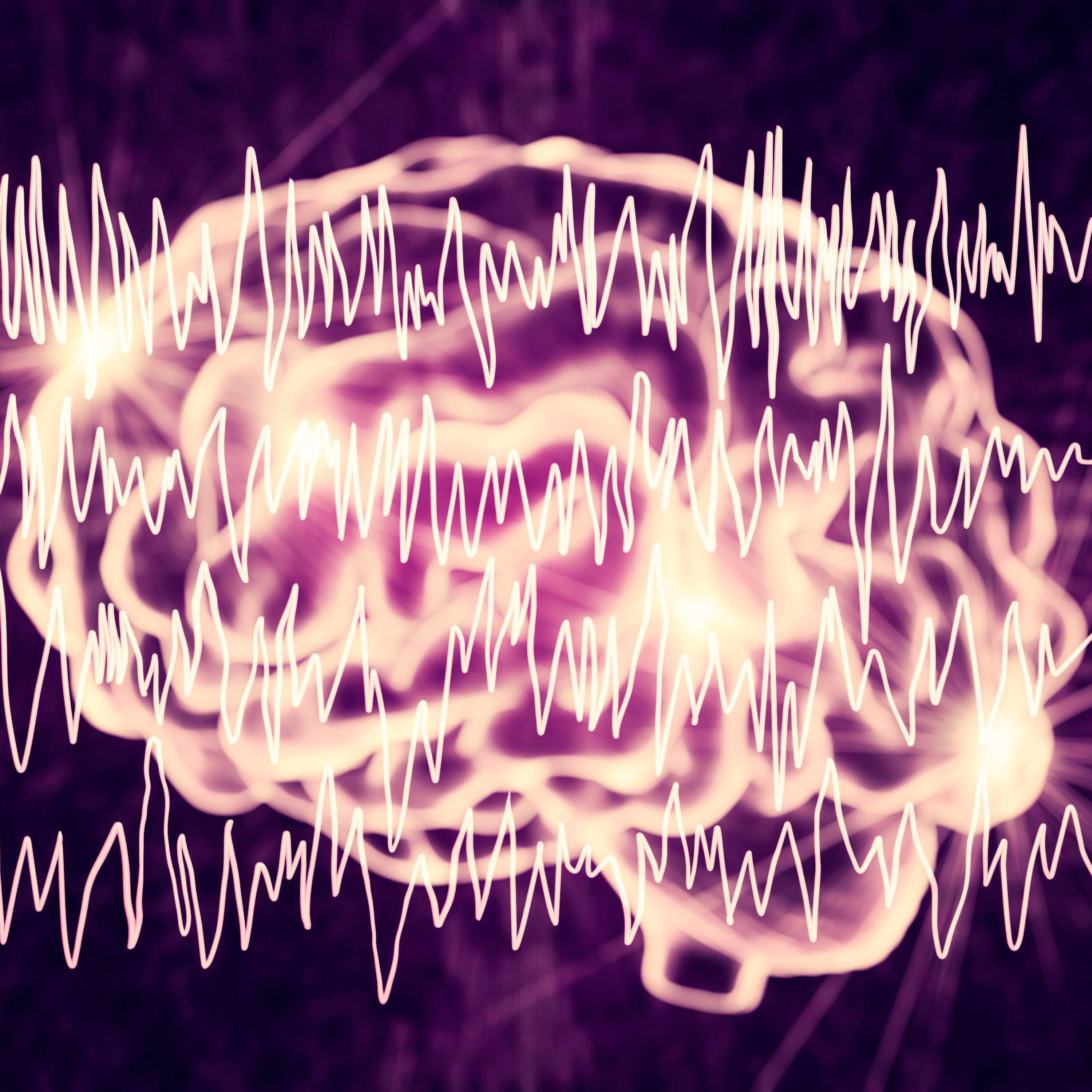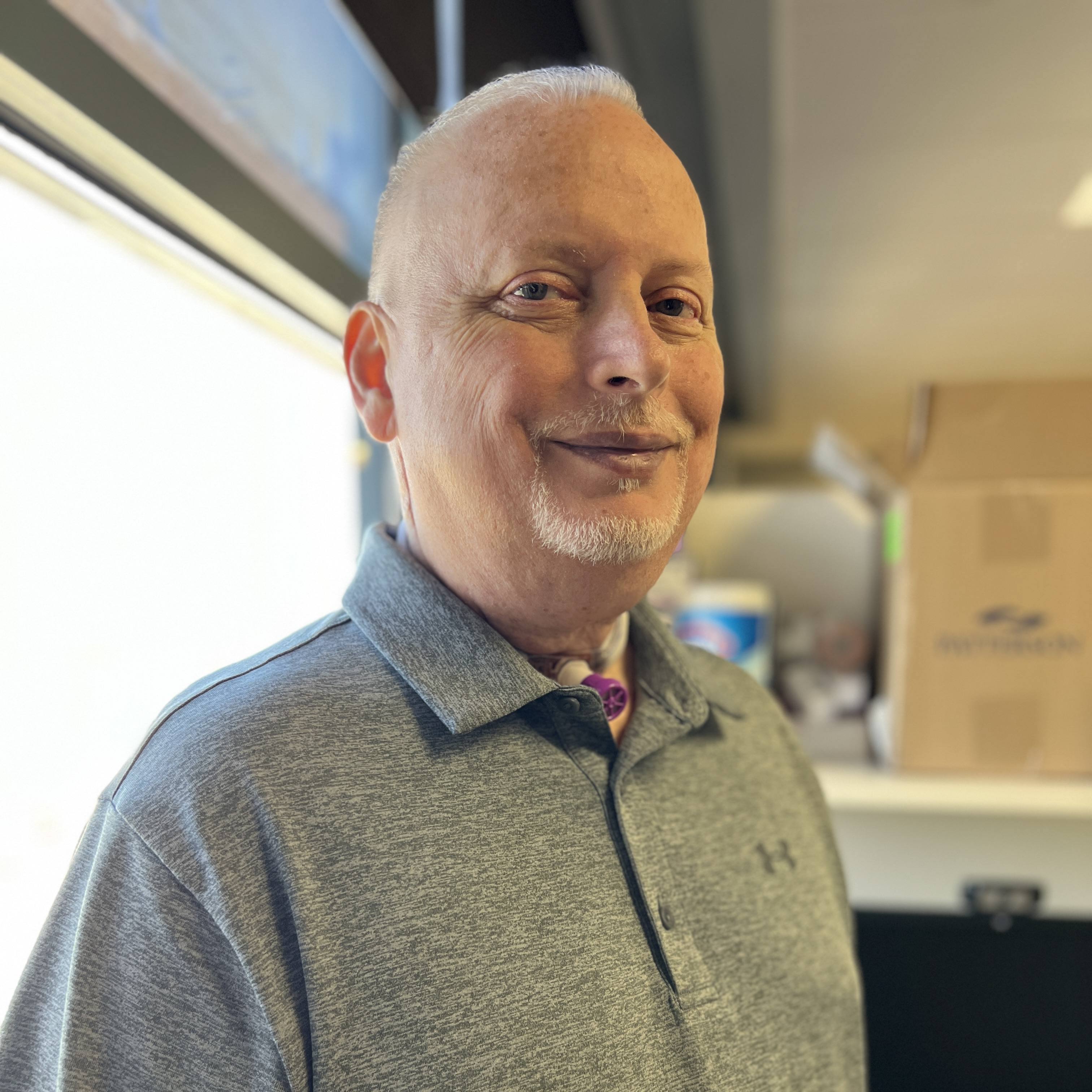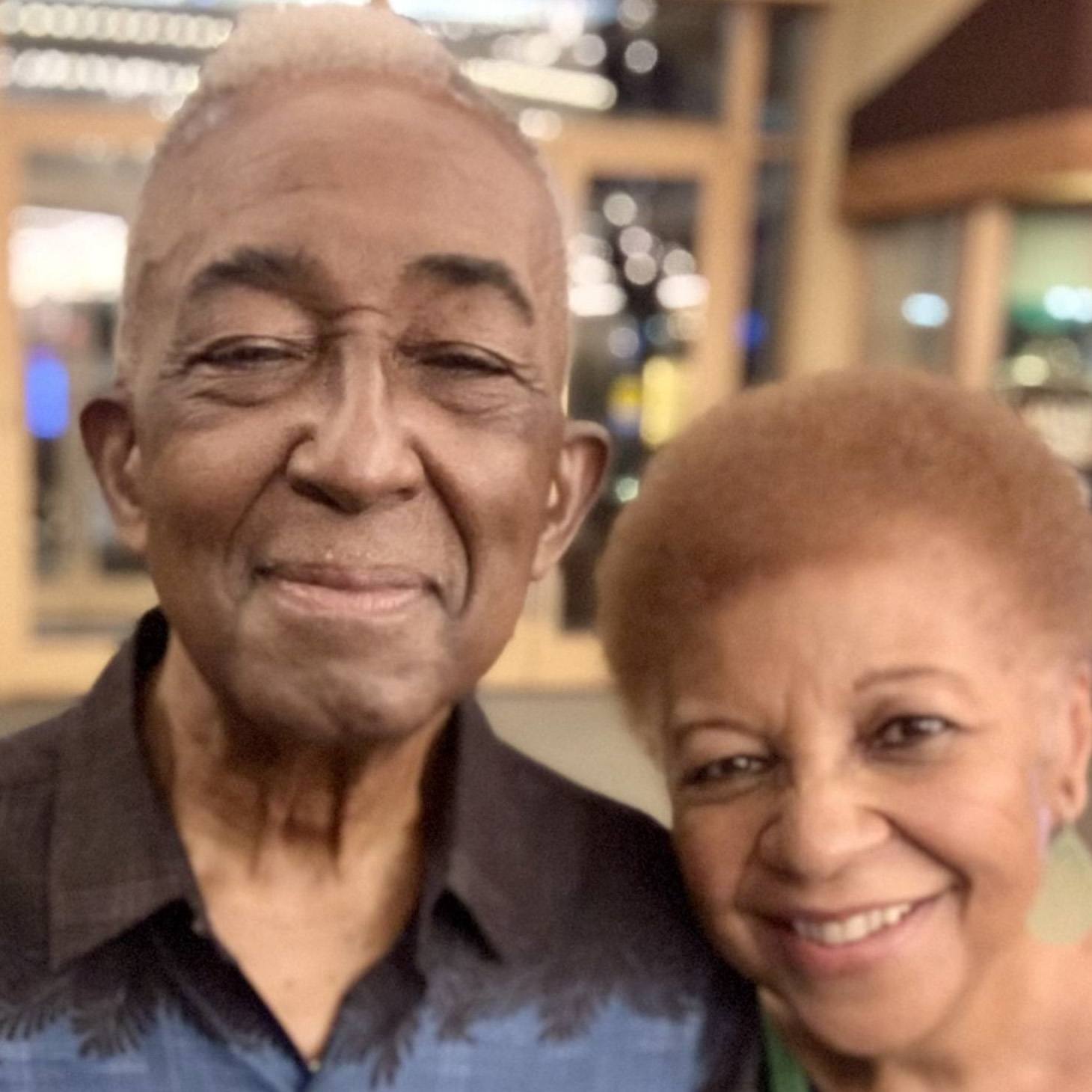Research Patient Stories
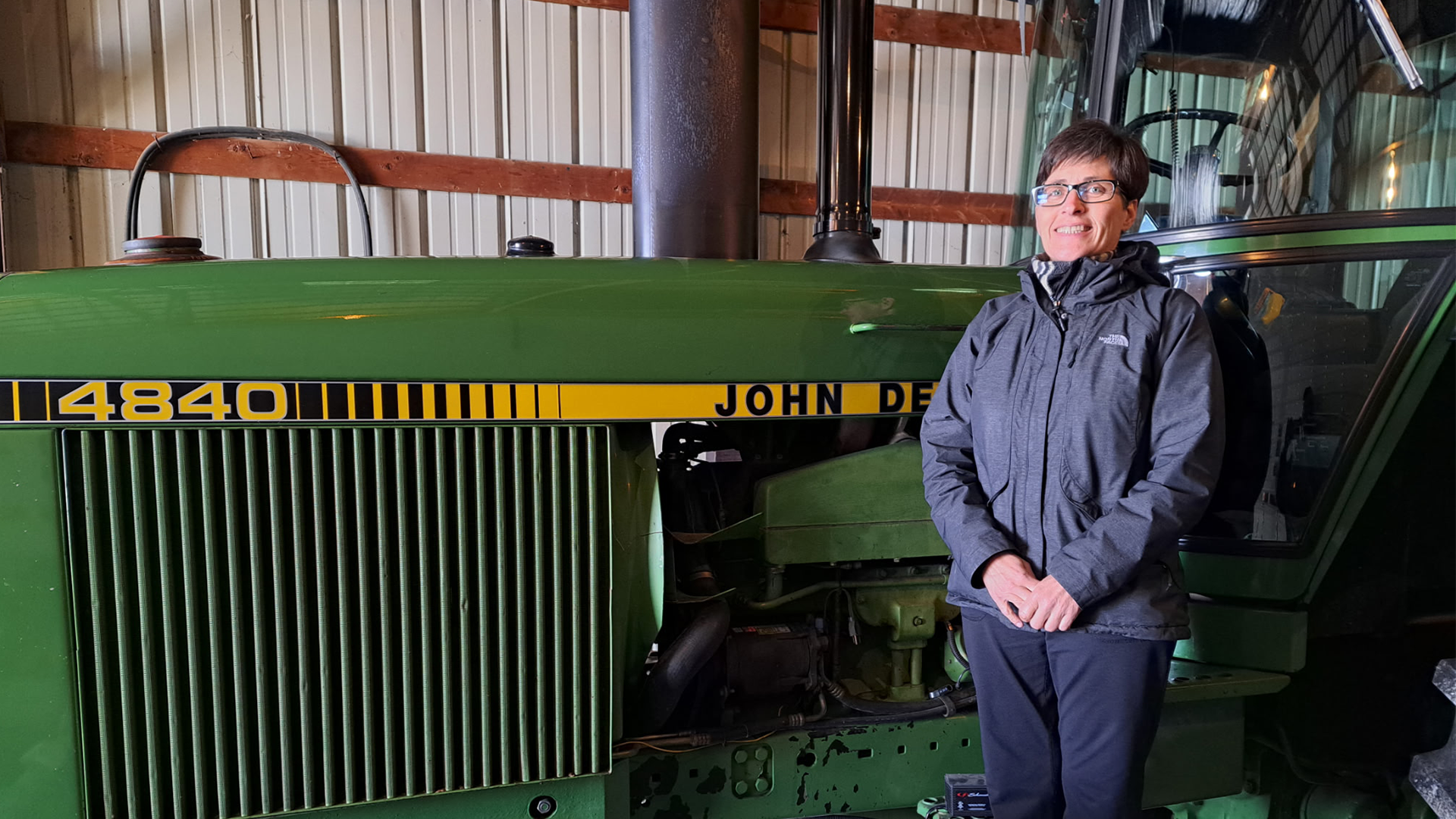
April 3, 2025
When Vicki Tennant came to Mayo Clinic for answers about her heart condition, she never expected to be at the center of a medical breakthrough.[...]

December 16, 2024
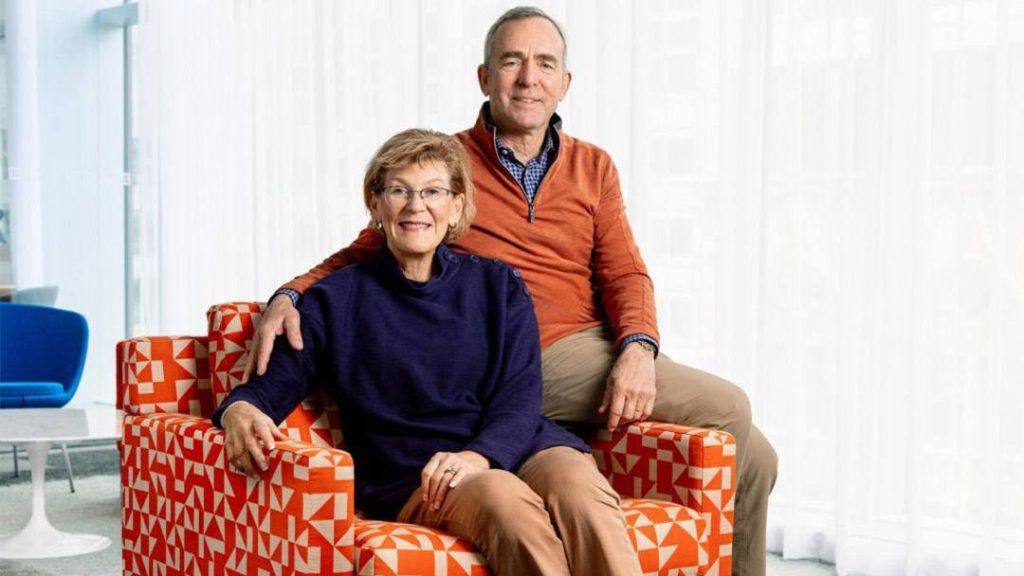
September 1, 2022
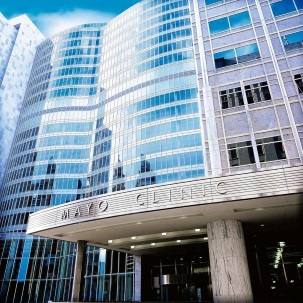
February 28, 2020

November 27, 2019

November 8, 2019

February 13, 2019

February 11, 2019

January 3, 2018

August 3, 2016
Explore more topics
 Sign up
Sign up

Mayo Clinic Connect
An online patient support community
